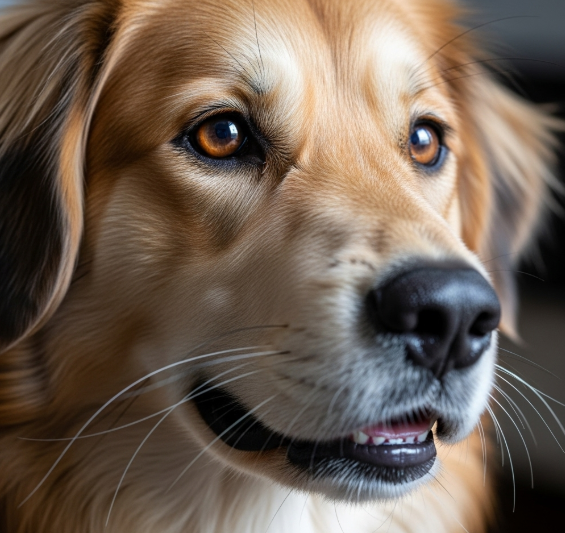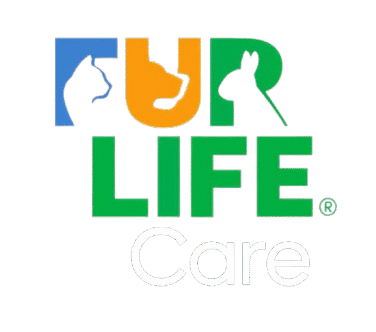“Not just a cute feature — dog whiskers are built-in radars!”

If you’ve ever looked closely at your dog’s face, you’ve probably noticed those stiff, wiry hairs sticking out around the nose, cheeks, eyebrows, and chin. These are your dog’s whiskers—and they’re far more than just a cute facial feature. Whiskers, also known as vibrissae, are highly sensitive hairs that help dogs explore and understand their world.
What Exactly Are Dog Whiskers?
Whiskers are specialized sensory hairs that work differently from your dog’s regular fur. They’re thicker, stiffer, and deeply rooted in follicles that are surrounded by a rich supply of blood vessels and nerves. This unique structure allows whiskers to act like tiny antennae, picking up on the slightest movements or vibrations in the air—helping your dog detect objects, navigate tight spaces, and respond to their surroundings even in the dark.
These hairs are strategically located around your dog’s face—especially near the eyes, muzzle, chin, and cheeks—where dogs naturally explore the world.
How Dog Whiskers Work
Unlike regular hairs that mainly serve to protect the skin and help regulate body temperature, whiskers are designed to sense touch and movement. The base of each whisker is deeply embedded in the skin and surrounded by nerve endings and a blood sinus. Even a small breeze or light brush against something nearby can stimulate a whisker and send sensory signals to your dog’s brain.
Whiskers are also connected to muscles that dogs can control voluntarily. That’s right—your pup can move their whiskers to better gather information, such as when sniffing out a treat or reacting to something new in their environment.
Interestingly, whiskers are among the first hairs to develop in puppies—long before they open their eyes. This allows newborn puppies to find their mother and nurse, even when they can’t yet see.
Why Are Dog Whiskers Important?
Whiskers help dogs with a variety of everyday tasks and are essential to their sense of touch and spatial awareness. Some of the most important functions include:
- Sensing objects and movement nearby—even in the dark
- Helping with navigation in narrow or unfamiliar spaces
- Protecting the eyes from injury by triggering a blink reflex
- Assisting in locating food and water
- Detecting changes in air flow or wind direction
- Supporting communication and emotional expression
- Guiding the dog’s mouth to pick up small items
For dogs who are blind or aging and experiencing vision loss, whiskers play a crucial role in helping them continue to move safely and confidently through their environment.
Can You Cut or Trim a Dog’s Whiskers?
Short answer: Don’t do it. While the whiskers themselves don’t contain nerves and won’t hurt if trimmed, the base of the whisker is incredibly sensitive. Cutting, shaving, or plucking whiskers can cause discomfort, disorientation, and stress for your dog.
Dogs rely on their whiskers to make sense of their surroundings. When whiskers are removed, even temporarily, dogs may bump into things, struggle with depth perception, or even become anxious or confused. Some dogs have been observed dropping balls mid-fetch when their whiskers are trimmed, suggesting that the loss of sensory input affects their coordination.
Whiskers should only be removed or trimmed for a medical reason, such as during a veterinary procedure—and even then, only when absolutely necessary.
Do Whiskers Grow Back?
Yes! If a dog naturally loses a whisker or it gets damaged, it will typically grow back over time—as long as the follicle remains healthy and intact. A few lost whiskers here and there are nothing to worry about.
Final Thoughts
Dog whiskers are much more than just facial hair. These incredible tactile tools help your pup experience the world in vivid detail—from navigating tight spaces to detecting subtle shifts in their environment. So the next time you see your dog sniffing, investigating, or just curiously tilting their head, remember—those tiny whiskers are working hard behind the scenes.
Want to support your dog’s sensory health? Skip the trim and let those whiskers do their job!
